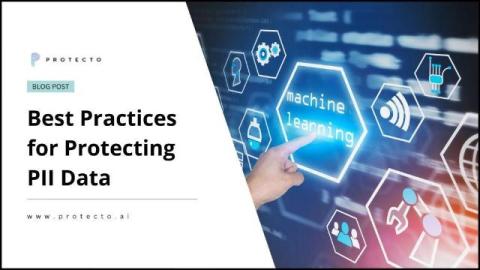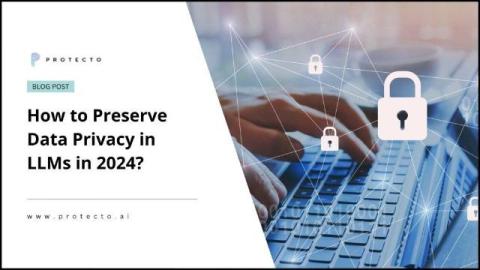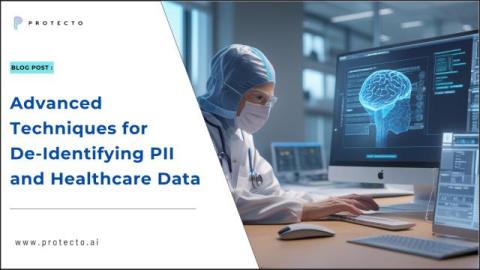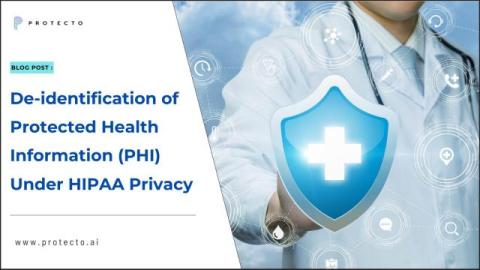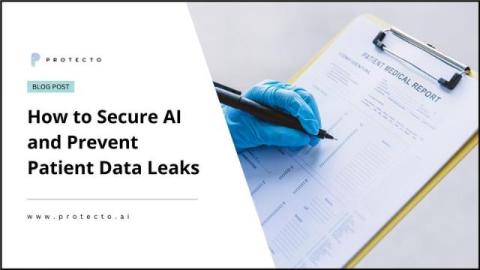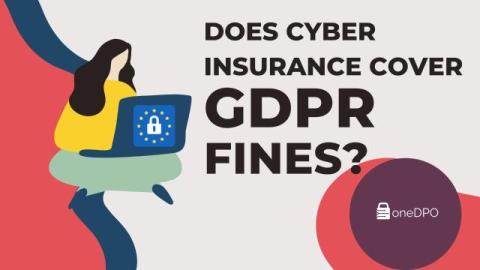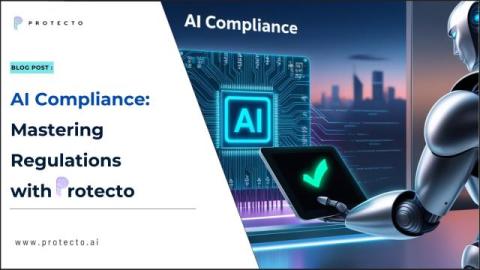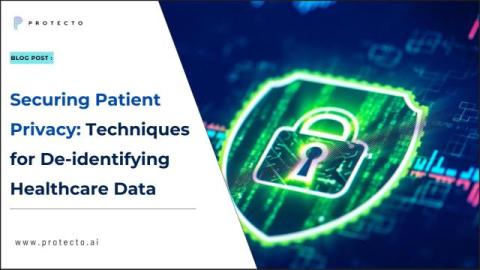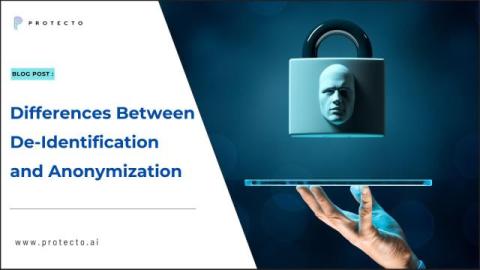Best Practices for Protecting PII: How To Secure Sensitive Data
Protecting PII has never been more crucial. In today’s digital world, where data breaches are rampant, ensuring PII data security is essential to maintain trust and compliance with regulations like GDPR and CCPA. PII protection safeguards sensitive personal information, such as names, addresses, and social security numbers, from cyber threats, identity theft, and financial fraud.


